그가 흑인이기에 만들 수 있는 작품이다. 흑인 노예, 유색인종 그리고 더 약한 여성, 보호받지 못하면 부서지는 아이들까지. 그는 인종차별에 관한 사실을 뼈져리게 겪은 그의 선조들을 통해 완벽하고 사실적으로 그려내고 있다. 단지 검은 실루엣이지만 오히려 그것이 흑인노예의 역사를 완벽하게 만들어주는 역할을 한다. 쟝 미셸 바스키아가 그랬듯이, 그가 흑인이기에.
http://www.whitney.org
Kara Walker: My Complement, My Enemy, My Oppressor, My Love
on view October 11, 2007 - February 3, 2008
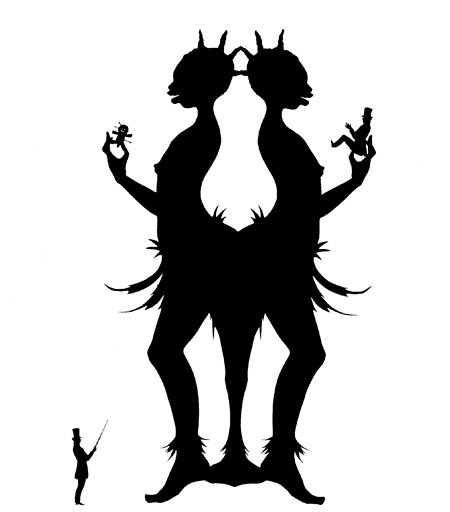
Kara Walker, You Do, 1993-94. Cut Paper on canvas, 55 x 49 in. (140 x 124.5 cm). Collections of Peter Norton and Eileen Harris Norton. Photography courtesy the artist and Sikkema Jenkins & Co., New York
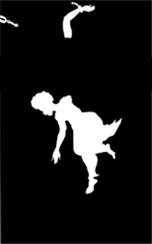
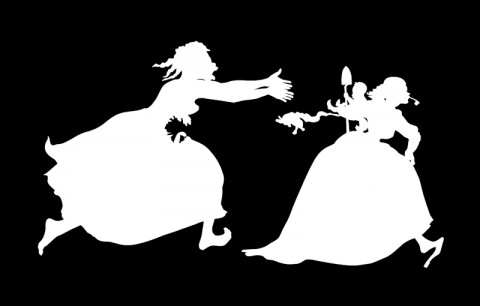
(detail)
Courtesy the artist and Sikkema Jenkins & Co., New York
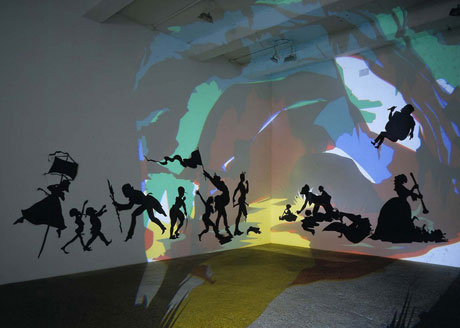
2002년 이 작품을 구겐하임 뮤지엄에서 봤었다
Moving Pictures: Contemporary Photography and Video
from the Guggenheim Museum Collection
Solomon R. Guggenheim Museum
June 28, 2002–January 12, 2003 그 때부터 찍어놨던 작가였는데,
내가 좋아하는 예술.
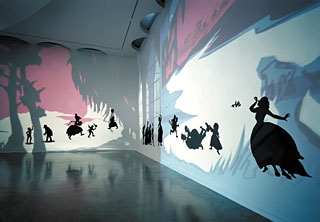
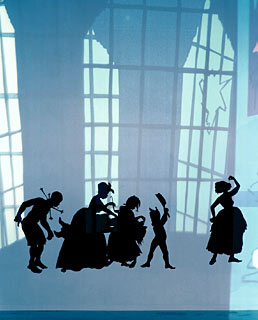
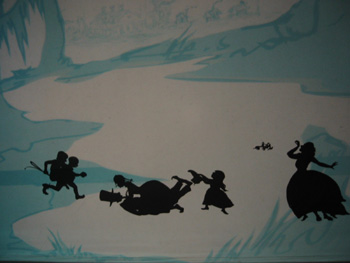
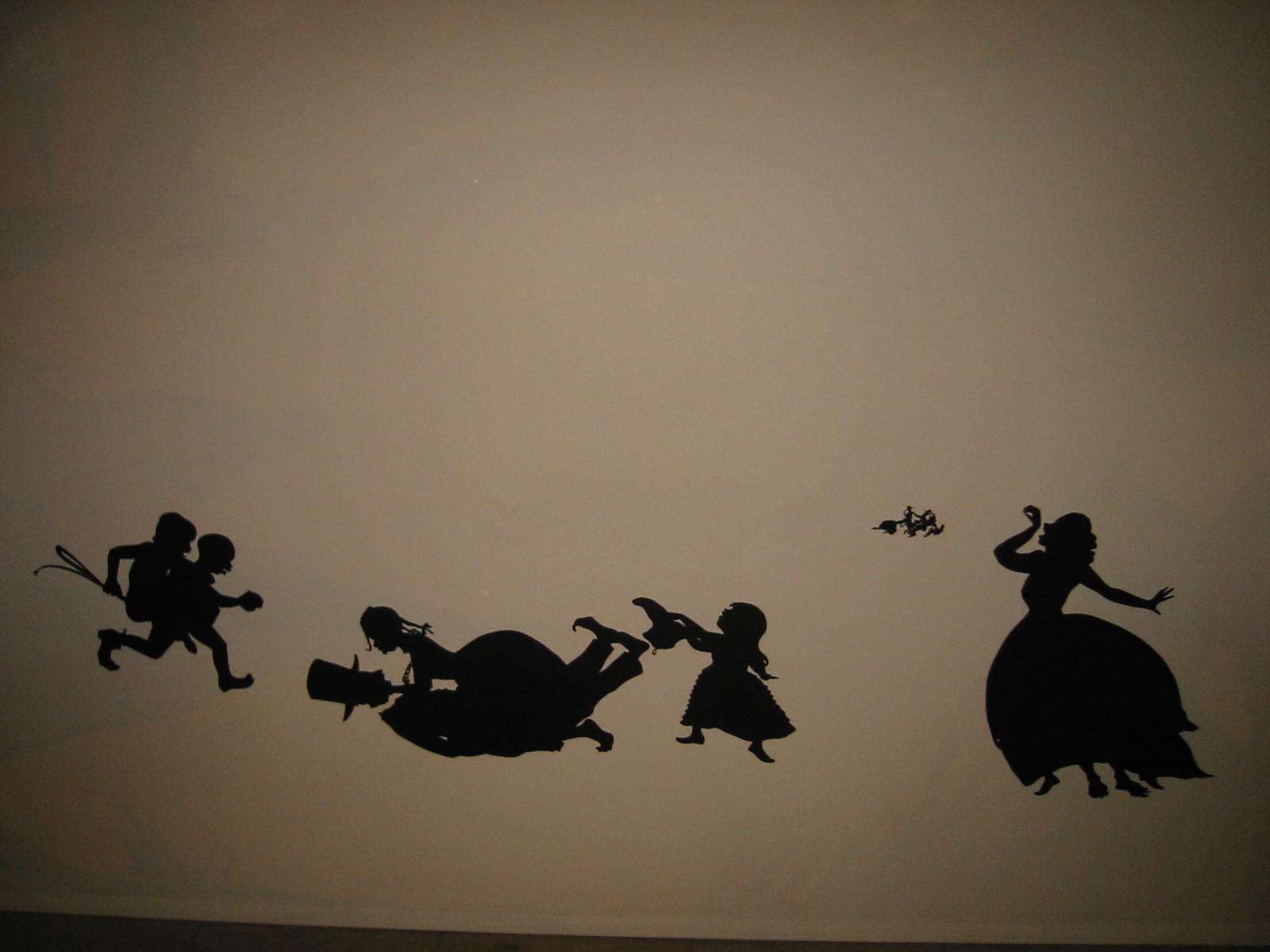
KARA WALKER
Kara Walker arranges life-sized silhouetted figures into raucous tableaux that recount the brutal, and often repressed, history of American race relations. Her unique use of the paper cut-out technique derives from the old craft of silhouetting. The artist likens this representational method to the nature of stereotypes themselves, in which the complexities of individual identities, situations, and personalities are simplified and distorted into easily readable, caricatured forms. Walker derives her imagery from the visual language of the antebellum South and from the tradition of the minstrel show and redeploys them to subversive ends. Performed by white actors in blackface, the minstrel theater parodied the lives of African Americans and allowed whites to vicariously break their own cultural taboos by portraying unbridled sexuality, unstructured time, and puerile behavior. In her work, Walker inverts the roles of these characters. Her stylized figures enact the violence that attends oppression and embodies scenes of bestiality, castration, murder, and cannibalism.
In Insurrection! (Our Tools Were Rudimentary, Yet We Pressed On) (2000), a series of grisly scenes unfold. A plantation owner propositions a naked slave behind a tree and a woman with a tiny baby on her head escapes a lynching, while a group of people eagerly torture a victim. In this piece, Walker expands the vocabulary of her shadowy forms to include projected silhouettes and colored lights. When viewers walk in front of these projections, their shadows are introduced into the scene, denying them the comfortable position of spectator and implicating them in the unfolding events.
http://visualarts.walkerart.org
Kara Walker: My Complement, My Enemy, My Oppressor, My Love, the artist's first full-scale American museum survey, features works ranging from her signature black-paper silhouettes to film animations and more than 100 works on paper. Among the most complex and prolific American artists of her generation, Walker has gained international recognition for her room-size tableaux depicting historical narratives haunted by sexuality, violence, and subjugation, but made using the genteel 18th-century art of cut-paper silhouettes. Over the years the artist has used drawing, painting, colored-light projections, writing, shadow puppetry, and, most recently, film animation to narrate her tales of romance, sadism, oppression, and liberation. Walker's scenarios challenge conventional readings of American history and expose the collective, and ongoing, psychological injury caused by the legacy of slavery. After its presentation at the Walker and the Whitney, the show will travel to the Hammer Museum, Los Angeles.
Kara Walker: My Complement, My Enemy, My Oppressor, My Love is organized by Walker Art Center, Minneapolis, and is made possible by generous support from the Henry Luce Foundation, the Andy Warhol Foundation for the Visual Arts, Inc., the Lannan Foundation, the Peter Norton Family Foundation, Linda and Lawrence Perlman, and Marge and Irv Weiser. Additional support is provided by Jean-Pierre and Rachel Lehmann.
The New York presentation of the exhibition is supported by the Lily Auchincloss Foundation and The Cowles Charitable Trust.
This exhibition is made possible, in part, by Altria Group, Inc.

Kara Walker was born in Stockton, California, in 1969. At the age of 13, she moved to Atlanta, Georgia, when her father took a teaching position at Georgia State University. The move from an integrated California to a part of the country with pronounced racial divisions had a profound effect on the artist. “I became black in more senses than just the kind of multicultural acceptance that I grew up with in California. Blackness became a very loaded subject, a very loaded thing to be—all about forbidden passions and desires, and all about a history that’s still living, very present . . . the shame of the South and the shame of the South’s past; its legacy and its contemporary troubles.” After receiving a BFA from the Atlanta College of Art in 1991, Walker moved to Providence, Rhode Island, to pursue an MFA at the Rhode Island School of Design.
Since that time, she has created more than 30 room-size installations and hundreds of drawings and watercolors, and has been the subject of more than 40 solo exhibitions. She is the recipient of numerous grants and fellowships, including the John D. and Catherine T. MacArthur Foundation Achievement Award (1997) and, most recently, the Deutsche Bank Prize (2004) and the Larry Aldrich Award (2005). She was the United States representative for the 25th International São Paulo Biennial in Brazil (2002). She currently lives in New York, where she is associate professor of visual arts at Columbia University, New York.
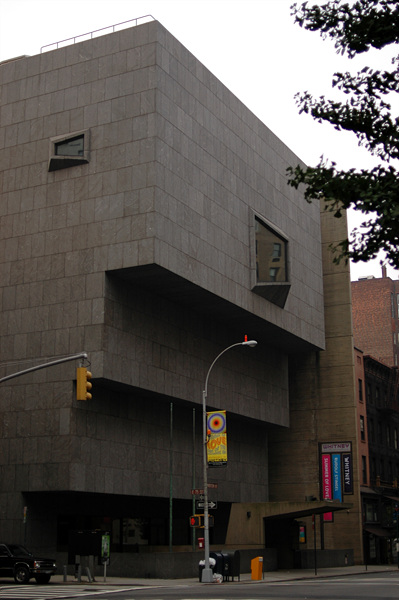
945 Madison Avenue at 75th Street
New York, NY 10021
General Information: 1 (800) WHITNEY

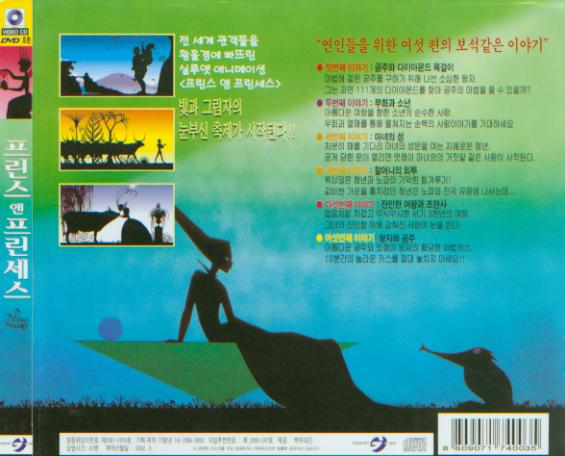
'Exhibition > Installation & Sculpture' 카테고리의 다른 글
| 잉고 마우러의 빛 (0) | 2007.10.18 |
|---|---|
| 제 2회 안양공공예술프로젝트 (0) | 2007.10.18 |
| Design MADE 2007 _부제: 호텔이다 / 호텔異多 / It’s Hotel (0) | 2007.10.03 |
| MOMA (모마)Richard Serra Sculpture (2) | 2007.09.24 |
| 아시아 현대미술 프로젝트 (0) | 2007.09.24 |



